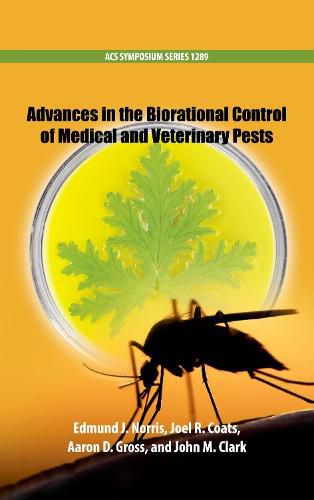Readings Newsletter
Become a Readings Member to make your shopping experience even easier.
Sign in or sign up for free!
You’re not far away from qualifying for FREE standard shipping within Australia
You’ve qualified for FREE standard shipping within Australia
The cart is loading…






Insect vectors pose a significant threat to public health and veterinary medicine throughout the world. It is estimated that more than 700,000 people die annually from complications associated with mosquito-borne disease alone, without accounting for the impact caused by other arthropod pests of public health importance. As these pest insect populations become increasingly resistant to classical synthetic insecticides, new chemistries and control approaches need to be rapidly developed, characterized, and deployed. Biorational control methods are technologies derived from natural chemistry or exploit the physiology of the arthropod pest in question to limit potential harm to non-target organisms. As the global population grows and continues to encounter new and old arthropod-borne diseases, it is paramount that future arthropod control technologies are safe and sustainable to our communities and the environment around us.
$9.00 standard shipping within Australia
FREE standard shipping within Australia for orders over $100.00
Express & International shipping calculated at checkout
Insect vectors pose a significant threat to public health and veterinary medicine throughout the world. It is estimated that more than 700,000 people die annually from complications associated with mosquito-borne disease alone, without accounting for the impact caused by other arthropod pests of public health importance. As these pest insect populations become increasingly resistant to classical synthetic insecticides, new chemistries and control approaches need to be rapidly developed, characterized, and deployed. Biorational control methods are technologies derived from natural chemistry or exploit the physiology of the arthropod pest in question to limit potential harm to non-target organisms. As the global population grows and continues to encounter new and old arthropod-borne diseases, it is paramount that future arthropod control technologies are safe and sustainable to our communities and the environment around us.